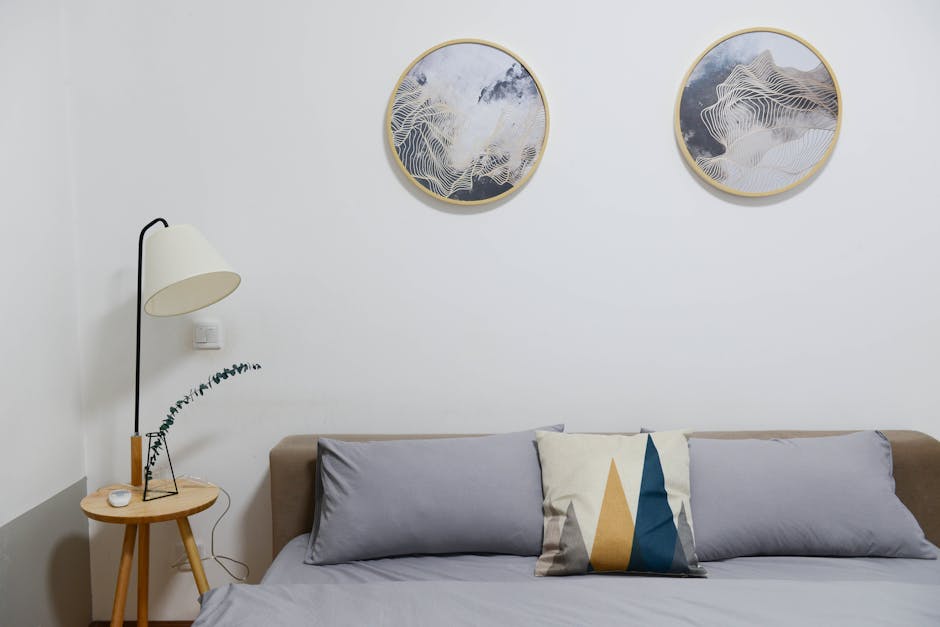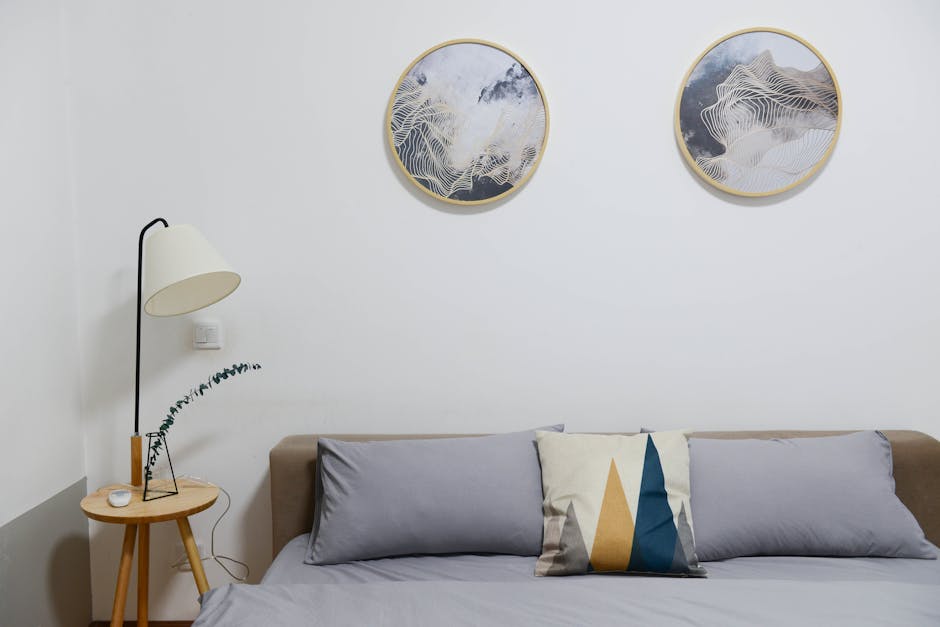
The Science Behind Breathable Pillows: How They Improve Your Sleep
Share
Ever woken up in the middle of the night feeling too hot, flipping your pillow to find the cool side? A breathable pillow might be what you need for a night of uninterrupted sleep. The engineering behind them is not just innovative; it’s transformative for anyone seeking a restful night. Dive into the science that defines these pillows and understand how they could be the missing key to improving your sleep.
What Makes a Pillow ‘Breathable’?
The concept of a ‘breathable’ pillow centers on its ability to allow air to flow freely through its material, not just on the surface but throughout its entire structure. This ventilation is crucial for dissipating heat and facilitating moisture evaporation from perspiration, which we all experience to some degree during sleep. Materials play a significant role here, with natural fibers like bamboo, cotton, and latex being inherently more breathable than synthetic alternatives.
Moreover, the construction of a pillow, including its weave and filler, can enhance or impede its breathability. For instance, a loosely woven cover made of natural fibers promotes better air circulation compared to a tightly woven synthetic fabric. Additionally, advancements in textile technology have led to the development of fabrics specifically designed to enhance airflow and heat dispersion, making them ideal choices for breathable pillow covers.
The Importance of Temperature Regulation During Sleep
Thermal comfort is a cornerstone of sleep hygiene, with countless studies highlighting the link between temperature regulation and sleep quality. A key player in the body’s nightly cooling process is the microclimate in the sleeping environment, particularly in direct contact areas like your pillow. A breathable pillow can significantly contribute to maintaining a conducive sleep temperature by wicking away moisture and reducing heat buildup.
Sleep scientists advocate for a cool bedroom environment, suggesting that a decrease in core body temperature signals the brain to initiate sleep. Therefore, a pillow that retains heat can disrupt this natural thermoregulation process, leading to restlessness and sleep disturbances. In contrast, breathable pillows facilitate thermal comfort by ensuring the heat generated by your body during sleep is efficiently transferred away from the sleeping surface.
Material Matters: Exploring Breathable Pillow Fillings
When delving into the world of breathable pillow fillings, one will find a vast array of options, each with its unique properties and benefits. Natural fillings such as down, feather, and wool excel in breathability and moisture management, thanks to their inherent structure. Meanwhile, synthetic alternatives, including memory foam and polyester, are frequently enhanced with cooling technologies or perforations to improve air circulation.
Breathable Pillows and Sleep Quality: What the Research Says
Emerging research underscores the critical role of sleep environment optimization in achieving restorative sleep. Studies focusing on breathable pillows reveal their effectiveness in reducing sleep interruptions related to overheating and sweating. Furthermore, participants in such studies have reported enhanced overall sleep quality, citing easier temperature regulation and improved comfort resulting from the use of breathable pillows.
How to Choose the Right Breathable Pillow for You
Choosing the right breathable pillow involves consideration of your unique sleep needs and preferences. Side sleepers, for instance, may benefit from a firmer pillow to maintain neck alignment, while stomach sleepers might find a softer, lower-profile pillow more comfortable. Additionally, materials that are naturally hypoallergenic and resistant to dust mites, such as bamboo or latex, can be particularly beneficial for those with allergies.
Embrace the Breathable Difference
So, are breathable pillows the final piece in your quest for the perfect night’s sleep? Considering the emphasis on temperature regulation, moisture-wicking capabilities, and the myriad of material options available, they certainly hold promise. Embracing the technology and research behind breathable pillows could not only improve your sleep but also enhance your overall wellbeing. After all, a good night’s sleep lays the foundation for a productive and energetic day. Remember, the right pillow could be a game-changer for your sleep health, offering a breathable, comfortable, and supportive companion through the night.

